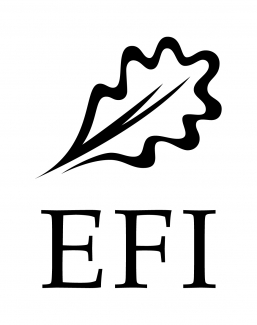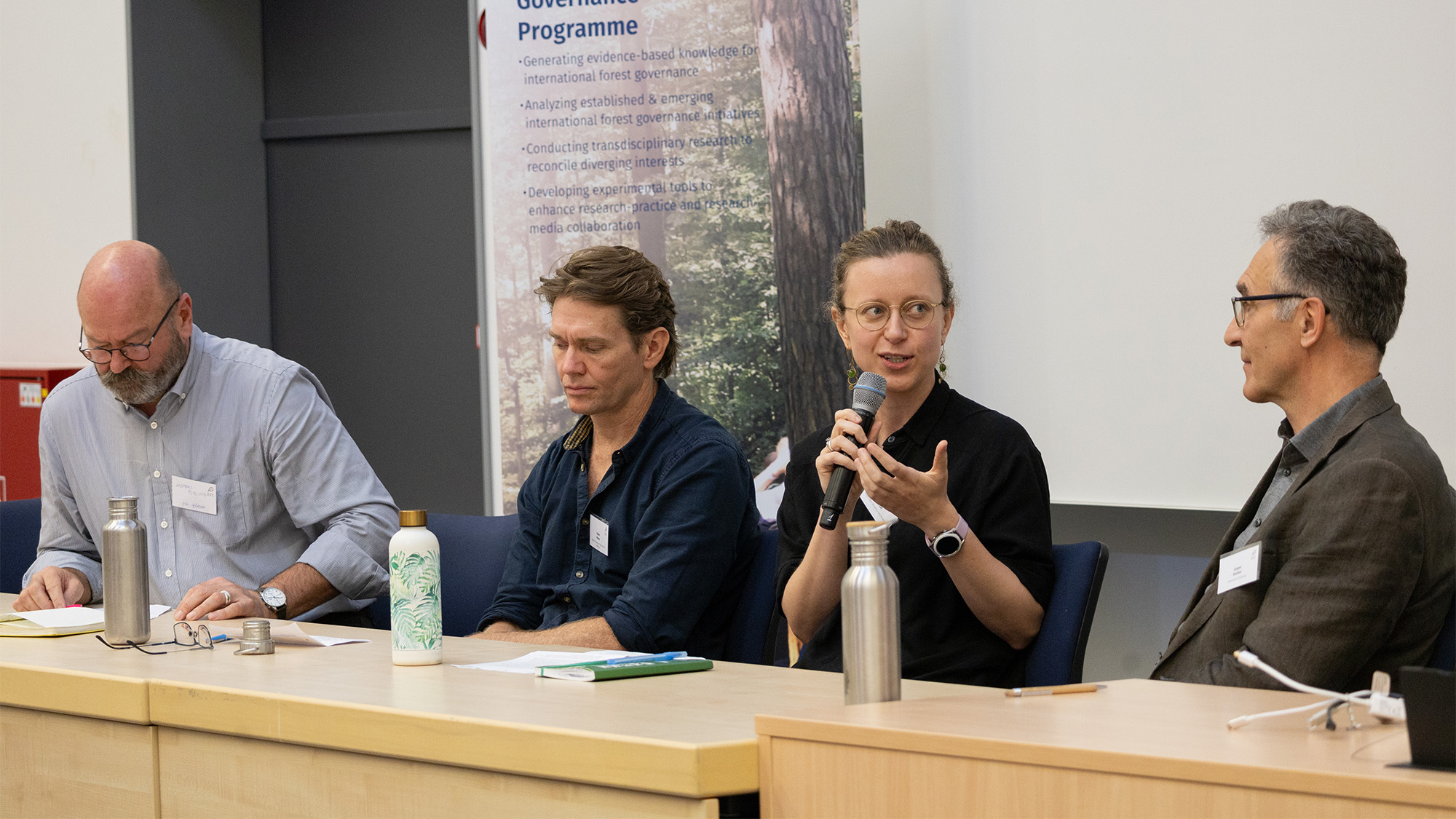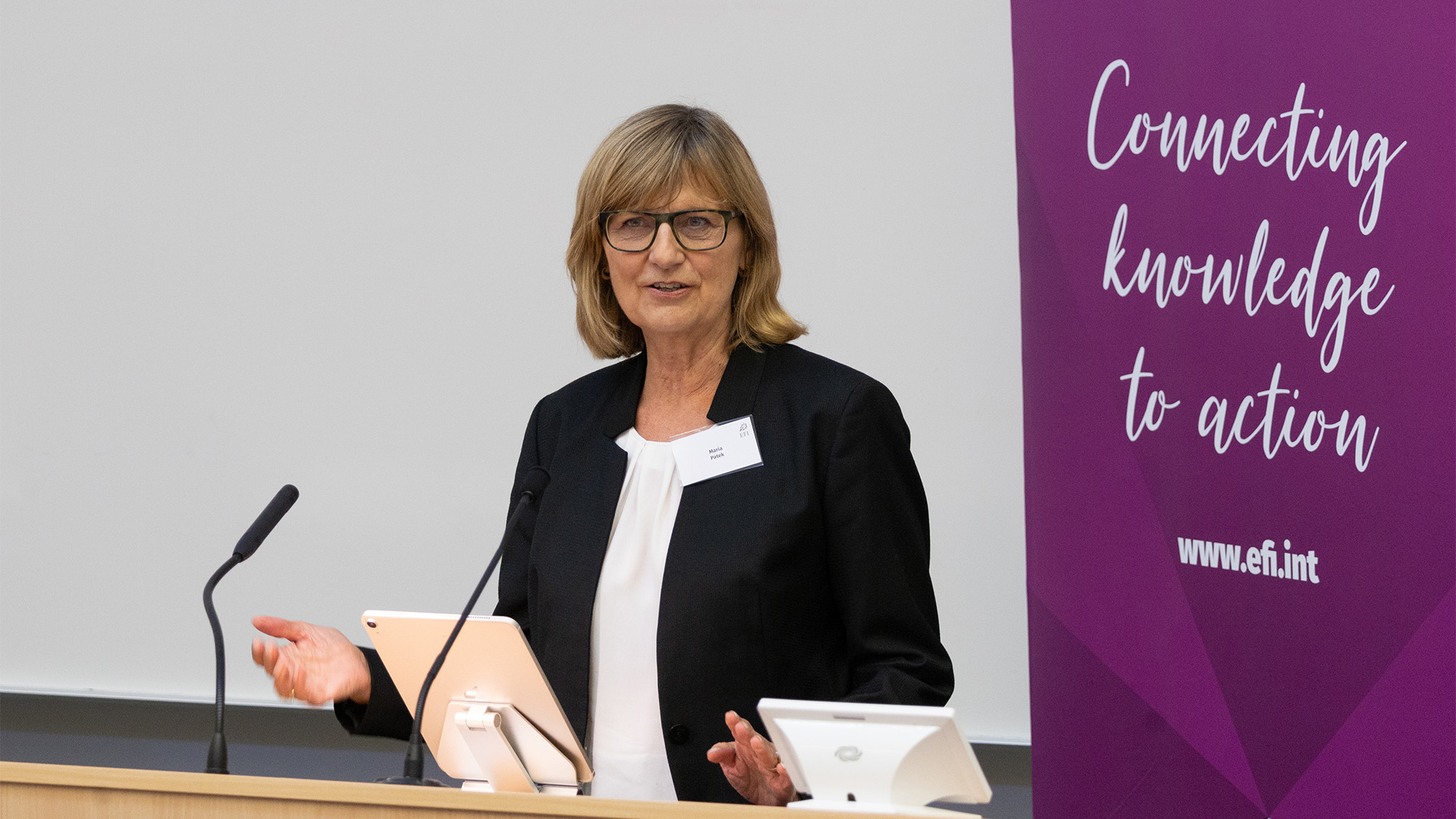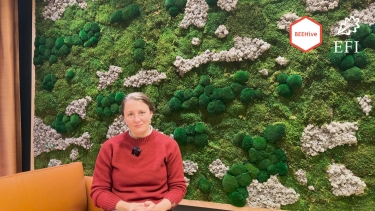Bridging science, policy and practice with Integrative Forest Management

Managing forests is a complex task – a puzzle in which forests face many demands from different users with different perceptions and different expectations. Not only do we need to adapt forests in a changing world with high uncertainties, but we also need to engage and involve people with different views.
The concept of Integrative Forest Management (IFM) bridges the two major assets of forests – as a valuable resource towards a climate-neutral bioeconomy, and a critical element of green infrastructure and essential ecosystem services. The EFI Scientific Seminar on 19 September in Bonn explored the science behind the concept, and discussed how IFM can help overcome ideological barriers on how to manage and use forests – bridging science, policy and practice.
Our first session explored the scientific state-of-the-art, with Prof Dr Jürgen Bauhus from the University of Freiburg explaining how biodiversity can be protected through IFM approaches. Forest management is only a part of the picture of forest diversity – there are also external drivers such as climate change, pollution and land use changes. However, IFM can help to find the optimal provision of ecosystem services across scales, through combinations of integrative and segregative approaches. Balancing natural forests (non-intervention and old land-use forms), Close-to-nature forests (integrated, multifunctional forests) and forest plantations is key. However, the challenges include coordinating at a landscape scale where there is large private ownership, and avoiding leakage effects. However, “one of the real strengths of this approach (IFM) is that it forces us to work together and talk to each other, to find solutions – which are more acceptable to society”, he said.

A lively panel discussion explored some of the key questions for IFM. This included its potential to deal with increasing risk of forest disturbances – although there is no way for any forest management concept to avoid disturbances, diverse and natural structures on different spatial scales can be used to reduce the risk of large-scale failure and the implications. Disturbances need to be part of IFM concepts –to initiate change, to start changing the species composition, and the structure of the forest. The panel also highlighted the important heritage of diverse forest management approaches across Europe, and the importance of learning from each other, from different regions, and from traditional forest management forms.
Our second panel discussion explored policies, with an introduction by Maria Patek, former Minister for Agriculture and Forestry, and former Director General for Forestry, Austria. She emphasized the need to engage and consult those (for example forest owners) who are and would be affected by strategies, policies and regulations.

The panelists also called for coherent, coordinated policies, with collaboration with stakeholders who are currently overlooked in the debate. This included rural businesses, industry (for example bioenergy or paper), and the general public (a key driver of demand). Incentives would also be required to shift forest management practices. They hoped that IFM would be more than just another new piece of terminology.
After discussing science and policy, the afternoon focused more on practice. A "Couch Talk" with artist Evgenia Emets explored the collaborative potential between forest art, science and practice, as a way of enhancing engagement. This multidisciplinary approach can bring together many different groups, including the younger generations, and can offer a bridge between local and indigenous knowledge and science.
Our first afternoon panel brought together practice examples from the North, South, East and West Europe to reflect on some of the challenges and opportunities for IFM on a practical level. For the panellists exchange between practitioners and interaction with science and policy was key, to create a community of change and find common ground and a shared vision. It is essential to ensure that local knowledge is included and that forest owners are mobilised, which requires communication and coordination. Demonstrating by example and finding credible and applicable messages is key.
Our final panel explored some of the networks available for exchange and sharing of experiences between practitioners, including the Integrate network, Mediterranean Model Forest Network, the Bioregions Facility and ProSilva. Echoing the conclusions from the TRANSFORMIT project’s Network of the Networks meeting on 18 September, panellists agreed that networks were vital for knowledge exchange, to demonstrate hands on how IFM can work, and motivate for active forest management in times of increasing uncertainties. It was concluded that building a family of biodiversity-friendly concepts is more important than creating individual bubbles.
Watch the recording on our YouTube channel
View the programme and speakers
Photos: Rosa Castañeda, EFI


